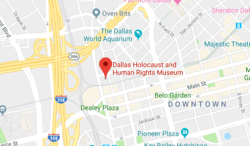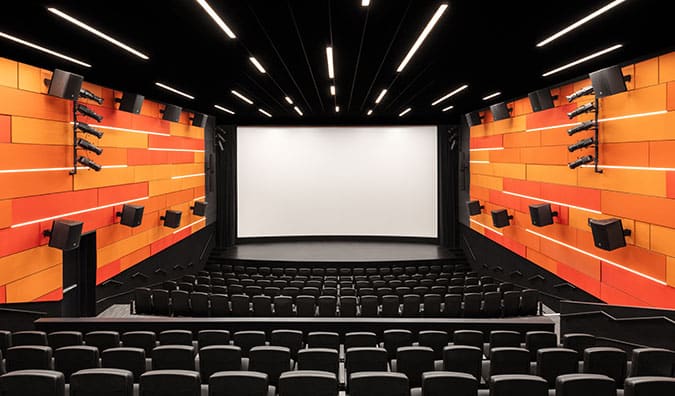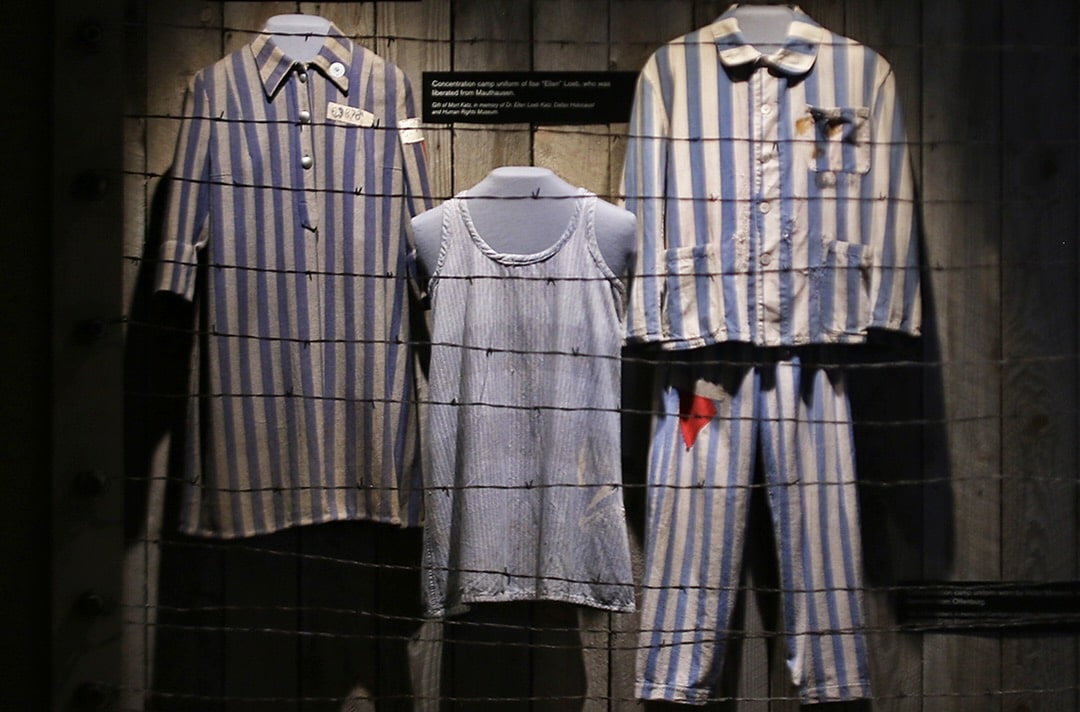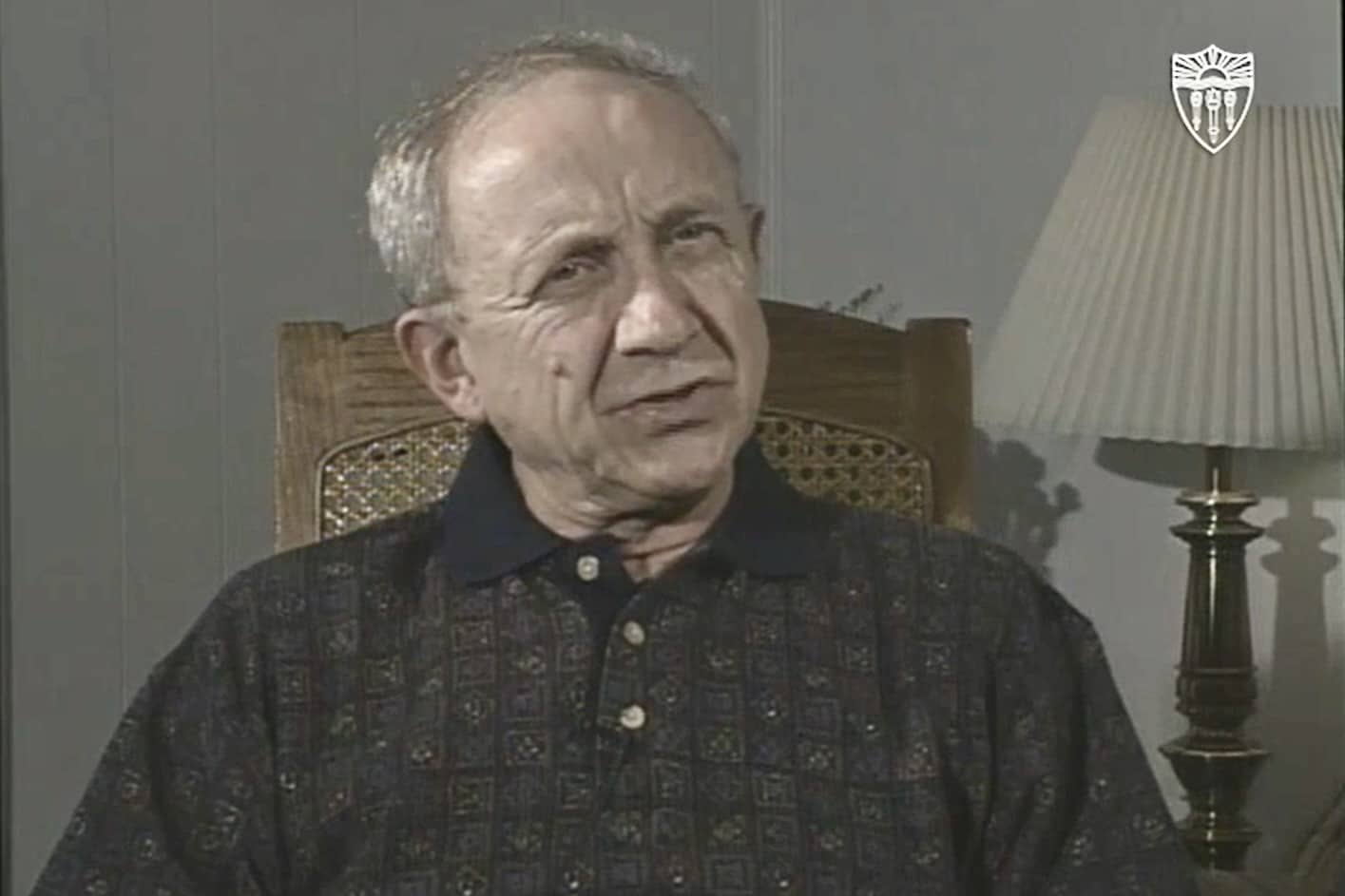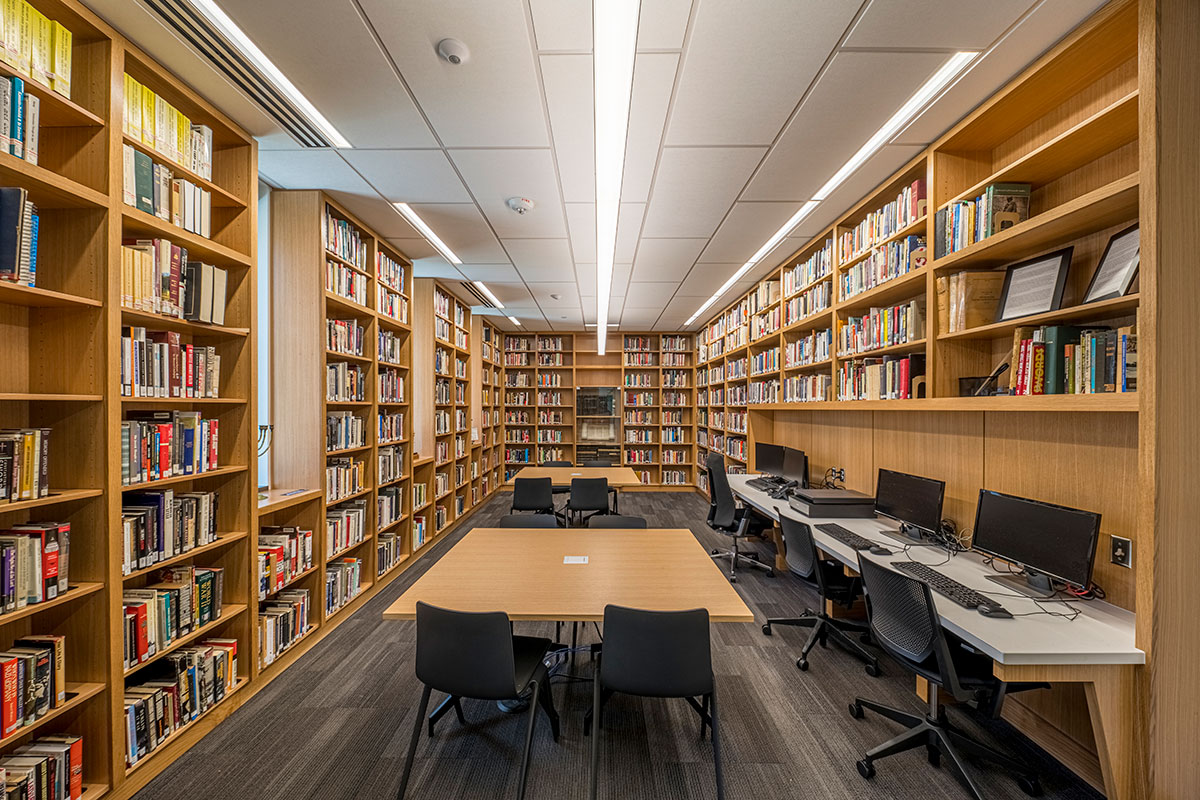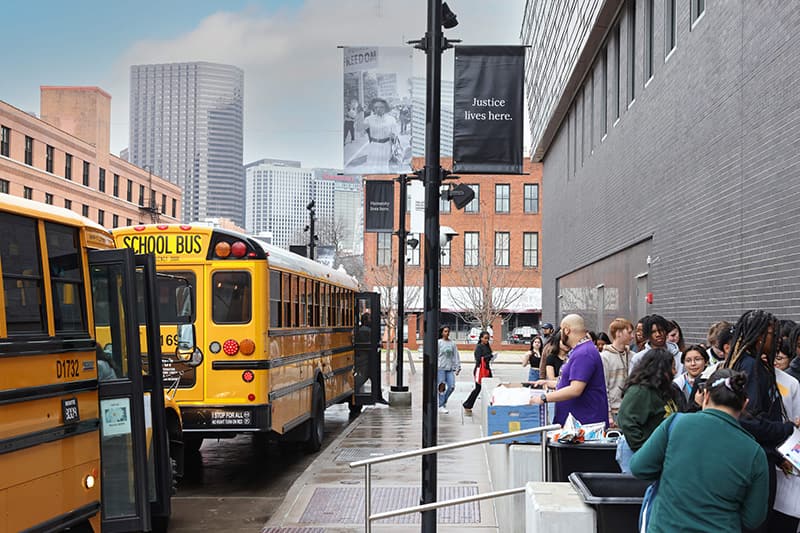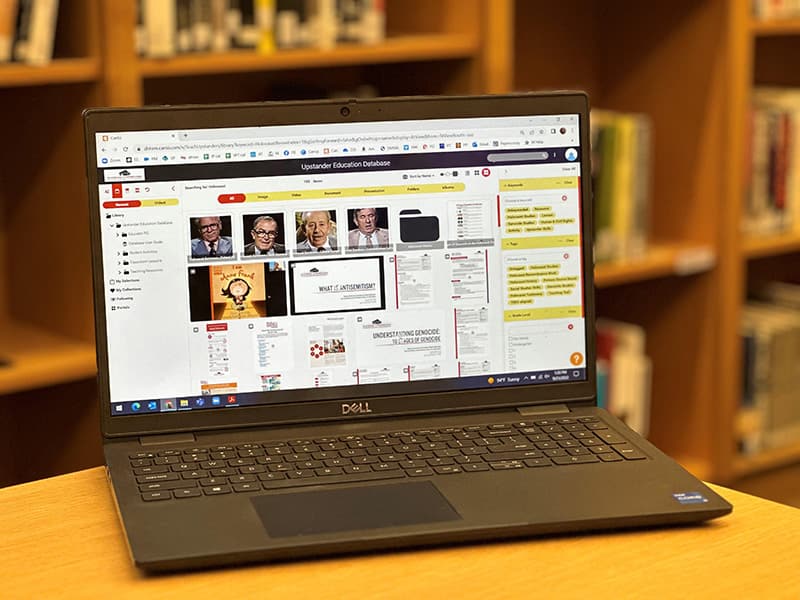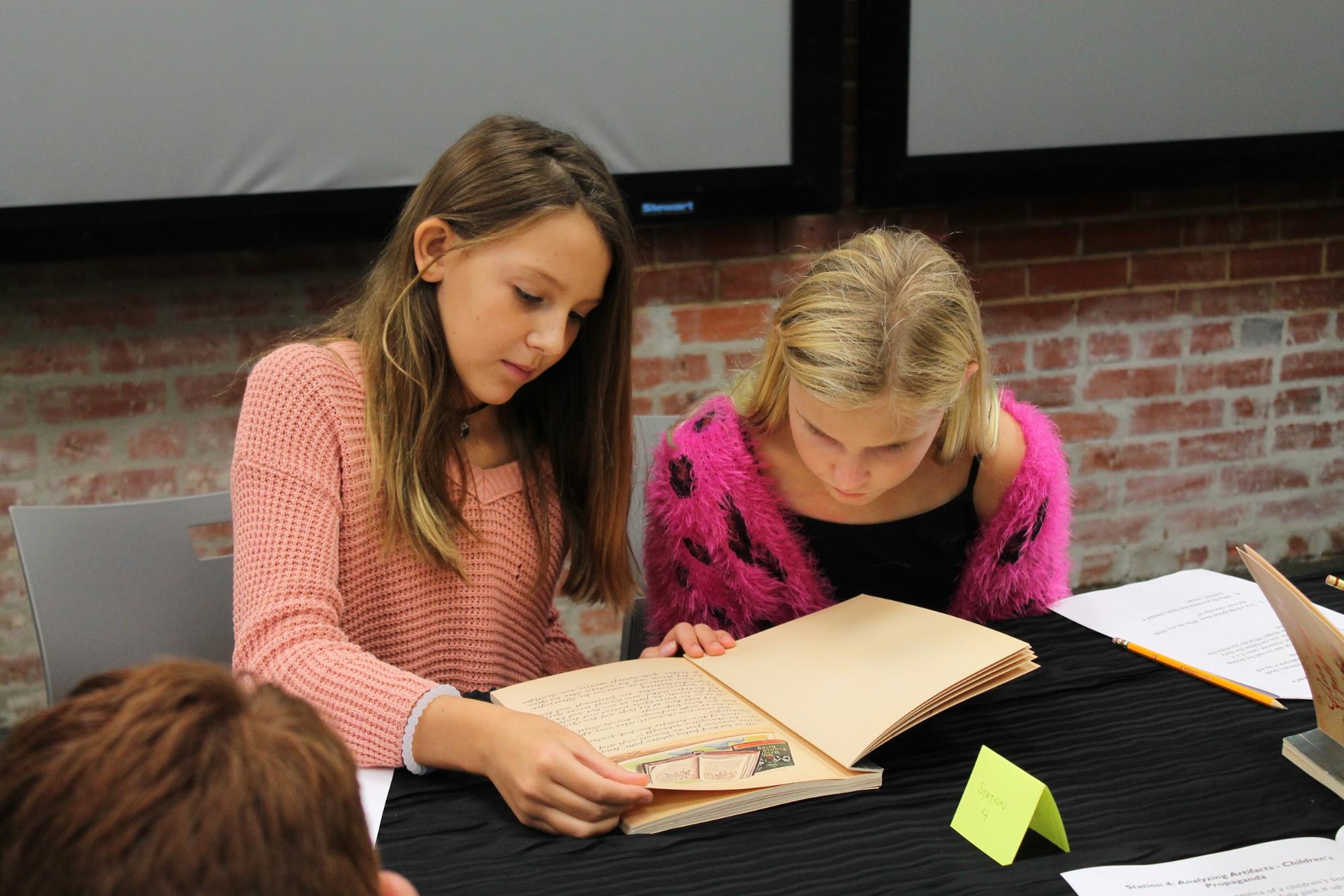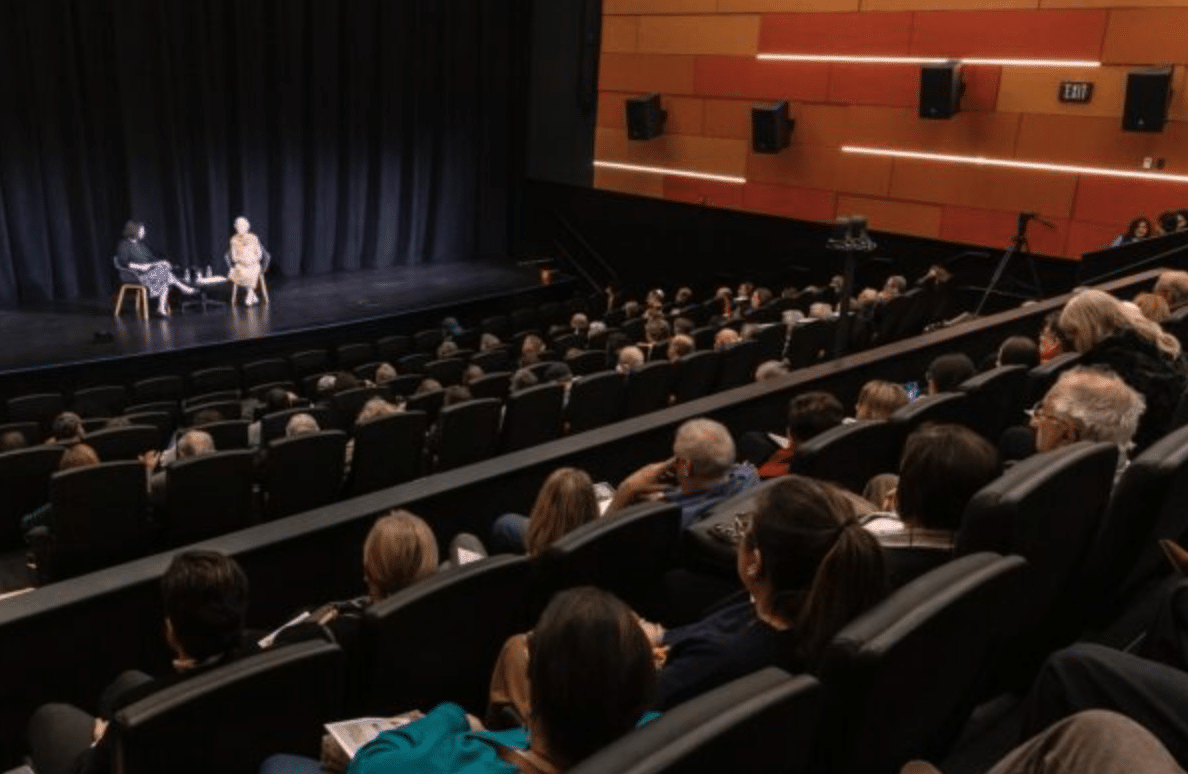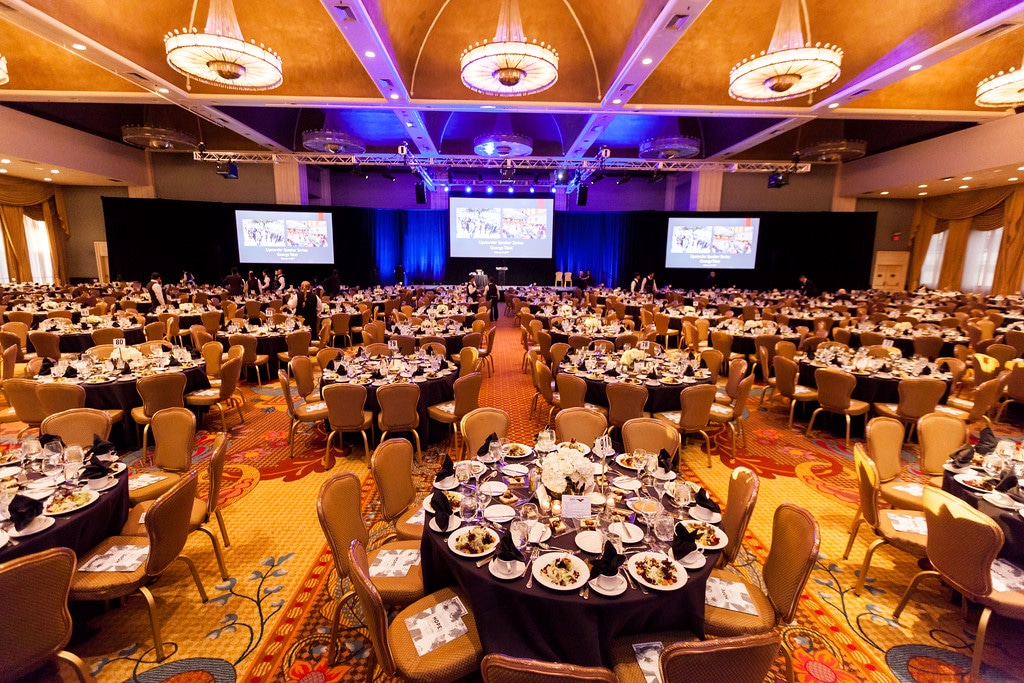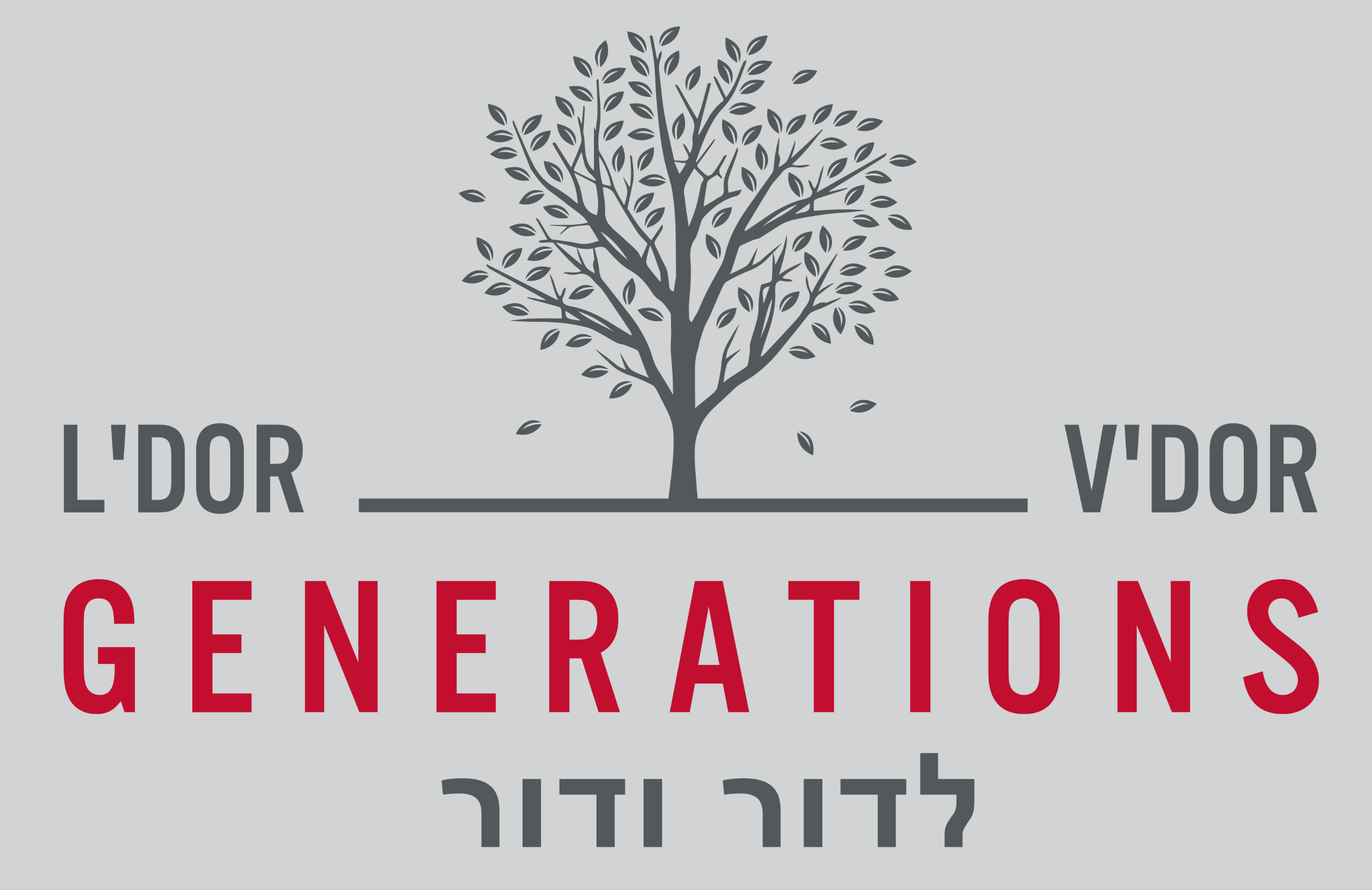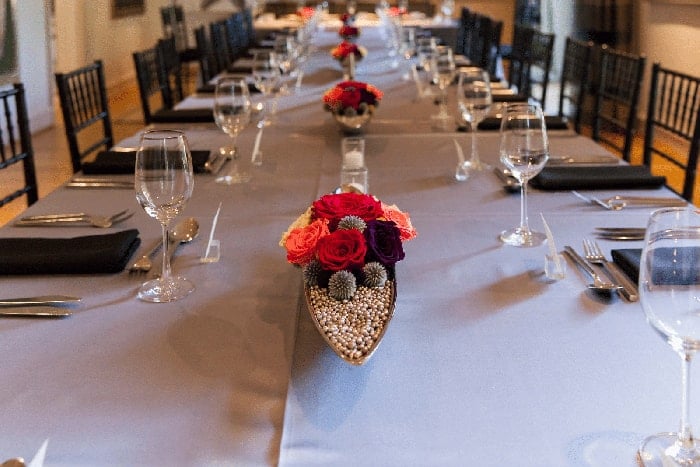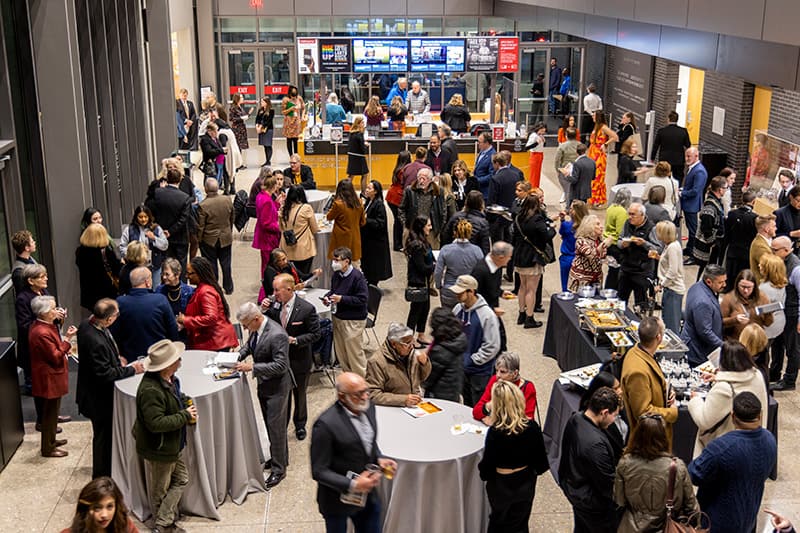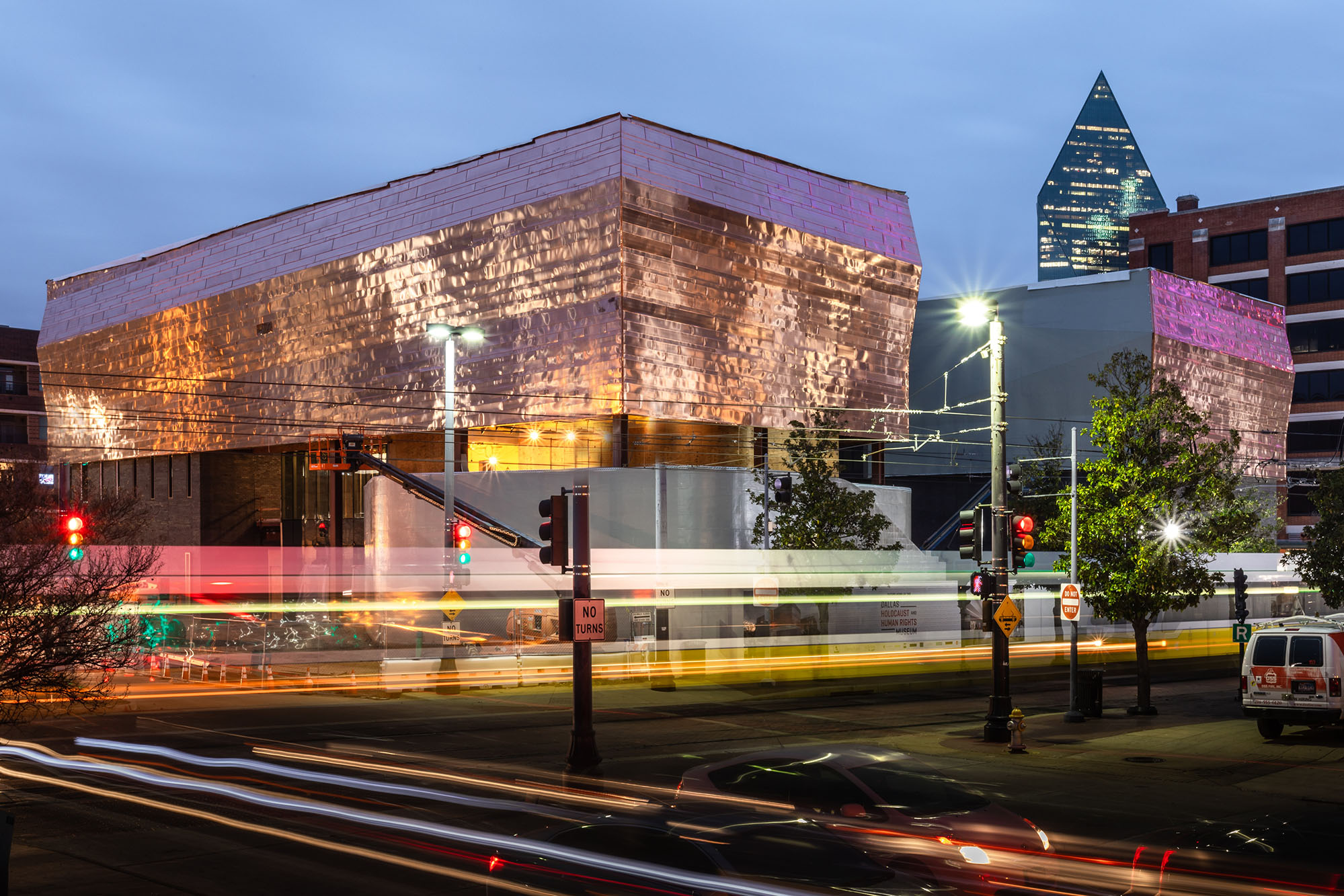About the Museum
Legacy Museum
1984-2019 | Dallas Holocaust Museum/Center for Education and Tolerance
September 2019 | Dallas Holocaust and Human Rights Museum
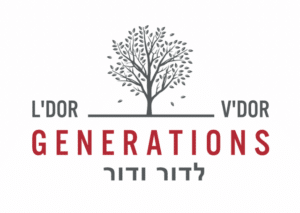
In 1977, a small group of Holocaust survivors came together with an extraordinary vision to teach the North Texas community the lessons learned from the Holocaust, to honor beloved family members who did not survive, and to memorialize the 6 million Jews and others murdered by the Nazis. They saw as their legacy the creation of a place to teach the history of the Holocaust and advance human rights to combat prejudice, hatred, and indifference to create a better world.
At the Dallas Holocaust and Human Rights Museum, “Generations” is the term we use to refer to individuals who are descendants of Holocaust victims, survivors, refugees, hidden children, and Kindertransportees. Those in Generations have a family member who was targeted and persecuted by Nazi Germany and their collaborators between 1933-1945. Generations include children, grandchildren, and all other descendants of Holocaust survivors and victims.
If you are a part of this group, we invite you to connect with us! We want to provide opportunities to engage with us through volunteering, public programs, events, and membership. Click on the link below or email us at Generations@dhhrm.org.
DID YOU KNOW? As a Generations family member, you are invited to join as a Museum member at a discounted rate! Join here or contact our Director of Membership Deanne McElroy at 469-399-5210 or DMcElroy@dhhrm.org.
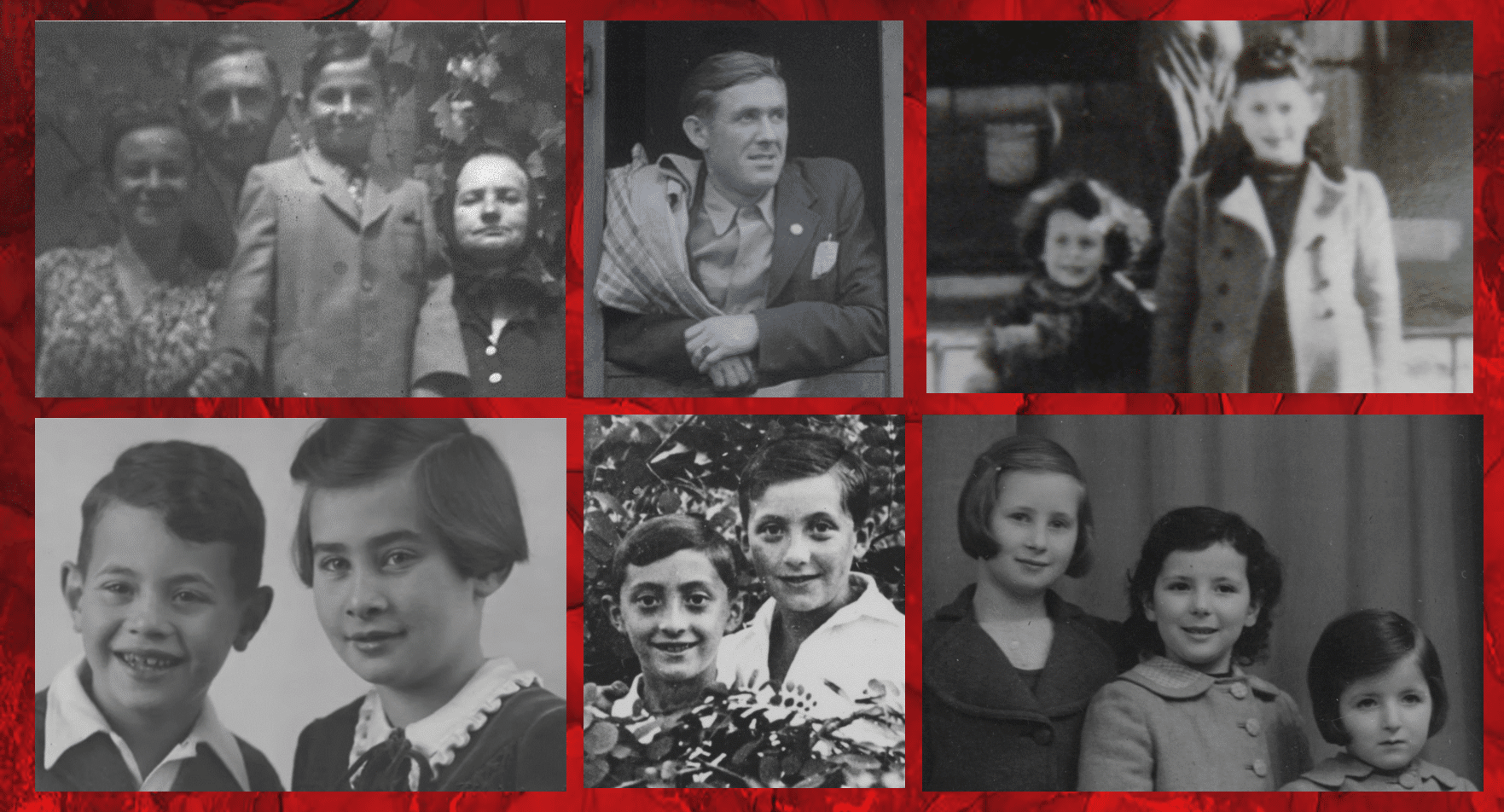
Survivor photos courtesy of the Helen and Frank Risch Family Library & Archives. Top row, L to R: Paul Kessler (second from R), Mike Jacobs, Dr. Max Spindler (R). Bottom row, L to R: Bert Romberg and Magie Furst, Max Glauben (R), Ginette Albert (L).
The Dallas Holocaust and Human Rights Museum boasts more than 20,000 items in The Helen and Frank Risch Family Library & Archives, accessible for research and educational purposes. As an example, oral histories and photographs were used to create original DHHRM short films that teach the history of the Holocaust through the powerful voices of local survivors (view a few of the films here). Think you might have items to donate to the Archives? Contact our Director of Library and Archives Felicia Williamson, MLIS, CA: archives@dhhrm.org or 469-399-5220.

L'Dor V'dor: Featuring 2G/3G family of local survivors and Texas liberators & vocals by Temple Emanu-El Cantor Vicky Glikin, this tribute closed the virtual 2020 Hope for Humanity program.
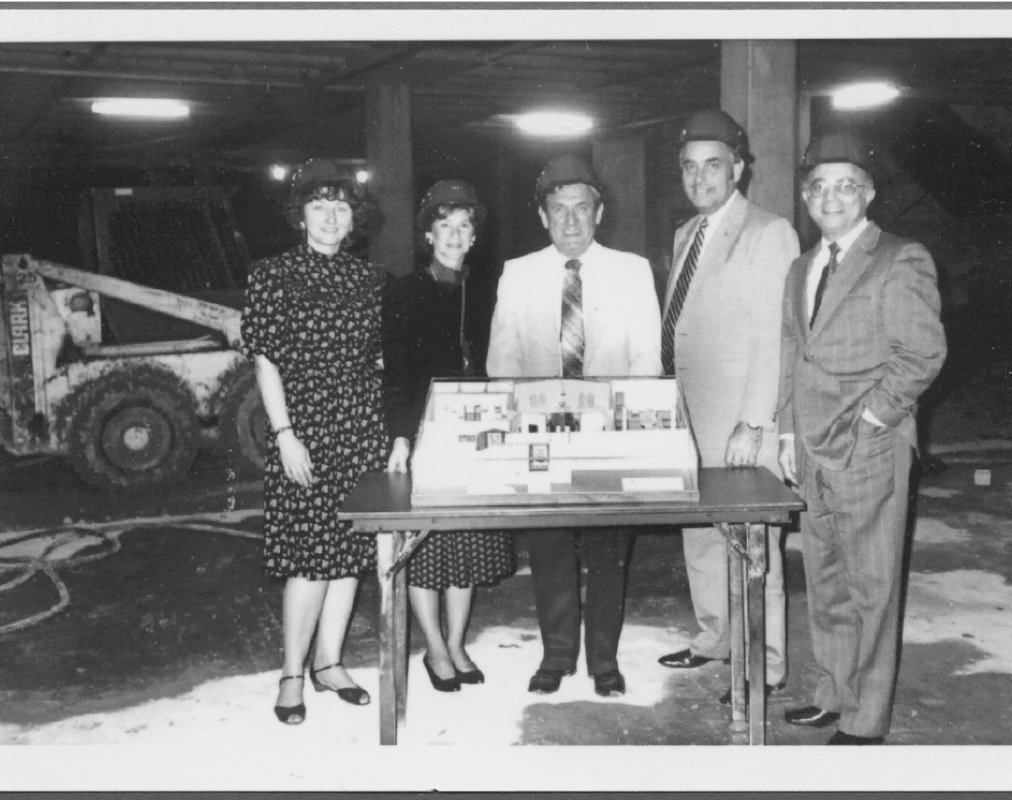
1983 - Survivors break ground for the new Dallas Memorial Center for Holocaust Studies.
The Honorable Florence Shapiro (second from left) is pictured with
Mike Jacobs (middle) with Geri Alperin Patterson and two others.
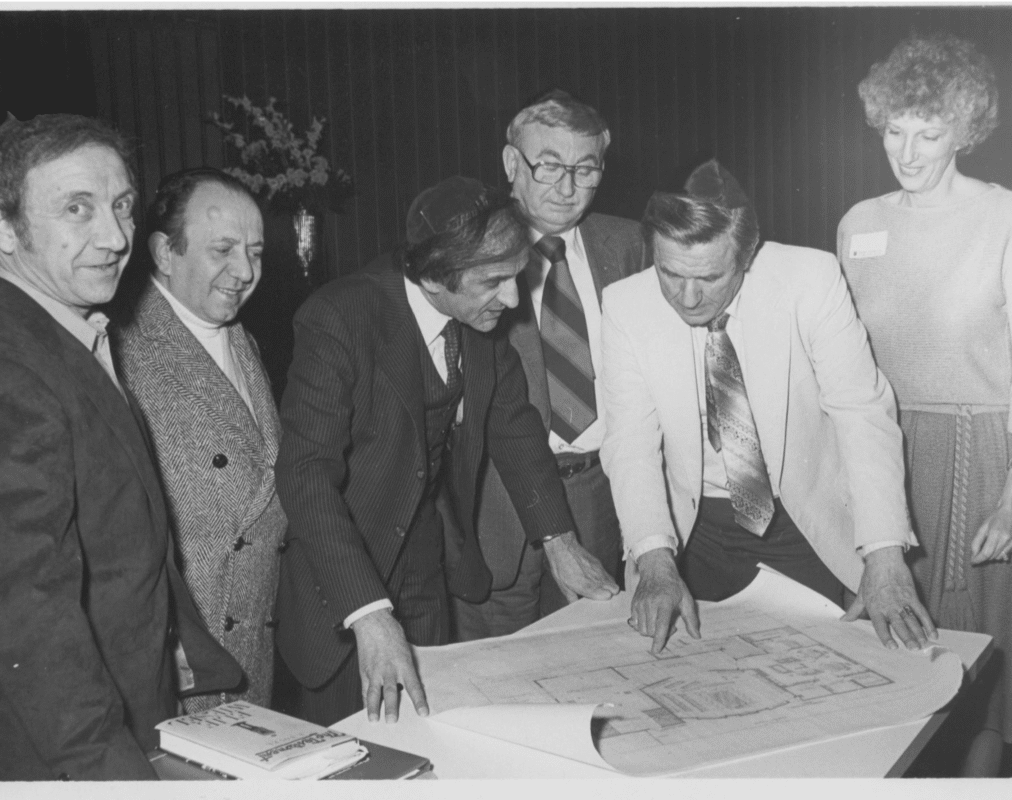
1983 - (left to right) Max Glauben, Jack Altman, Elie Wiesel, Sam Szor, Mike Jacobs, and Ann Sikora examine plans for the new Center.
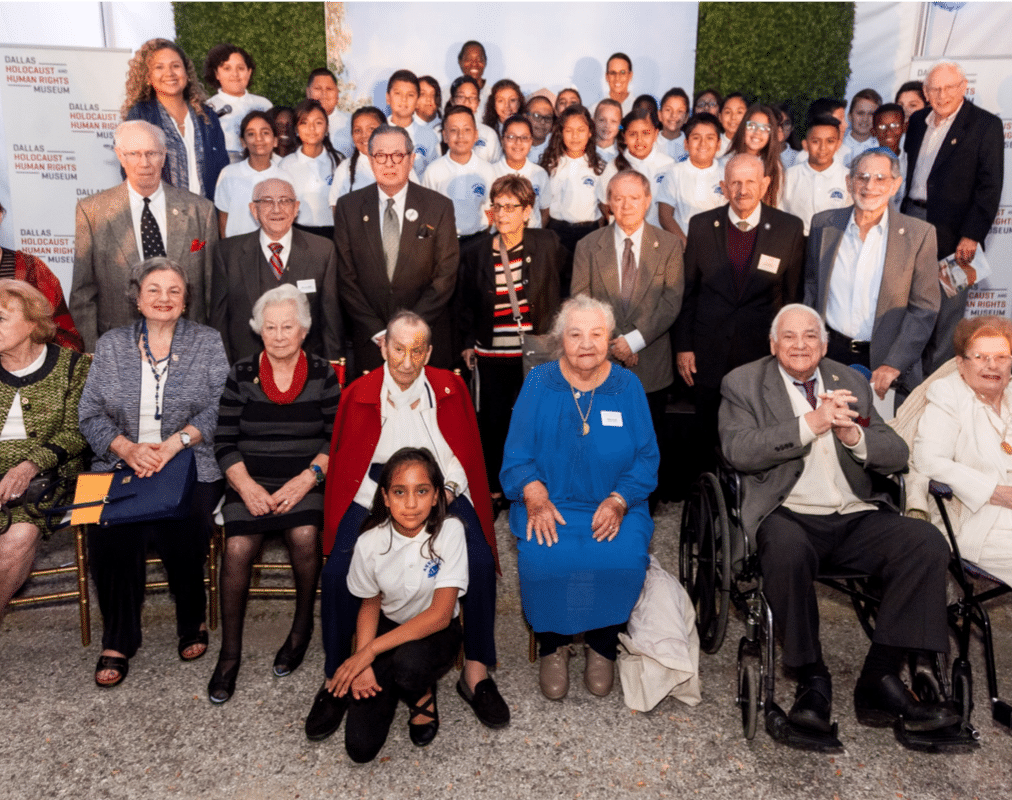
In 2017, survivors join the community to break ground for the new
Dallas Holocaust and Human Rights Museum after launching a capital campaign in 2014.
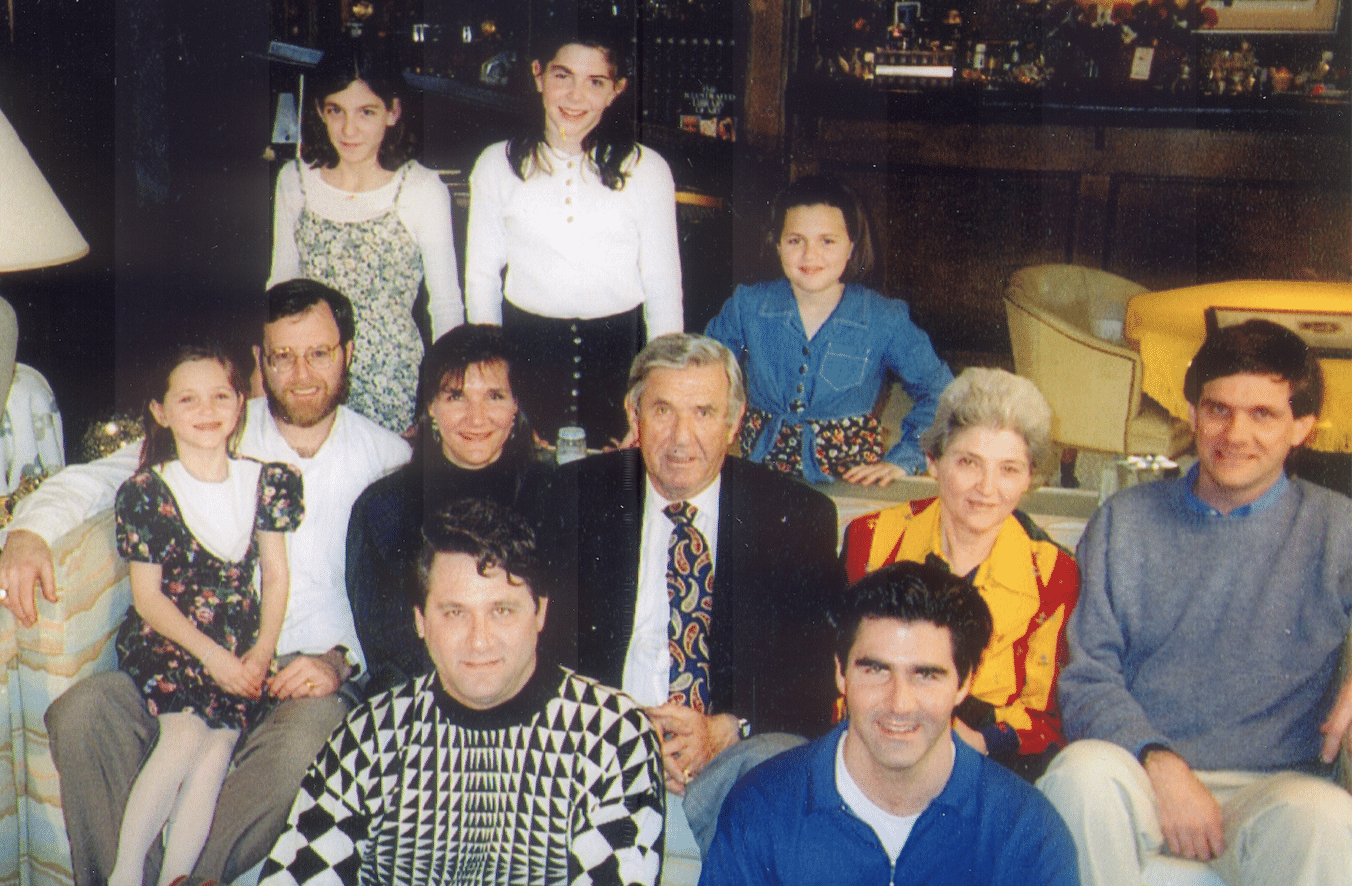
Mendel "Mike" Jacobs (center) with family at an unknown location, circa 1990s.
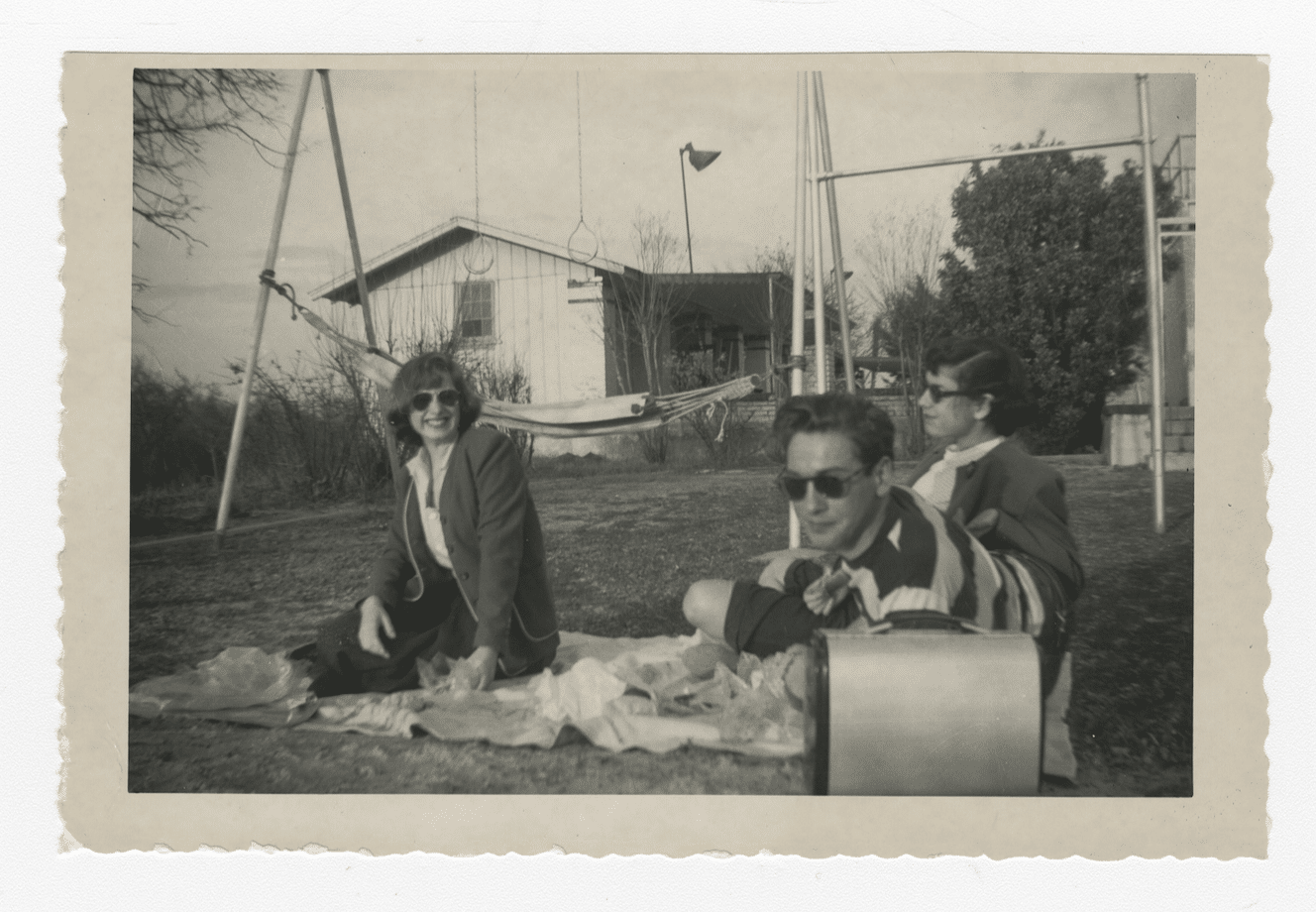
Ginette Albert (left), Larry Budner (foreground), and Doris Albert (right) having a picnic in Carrollton, Texas, dated 1950.
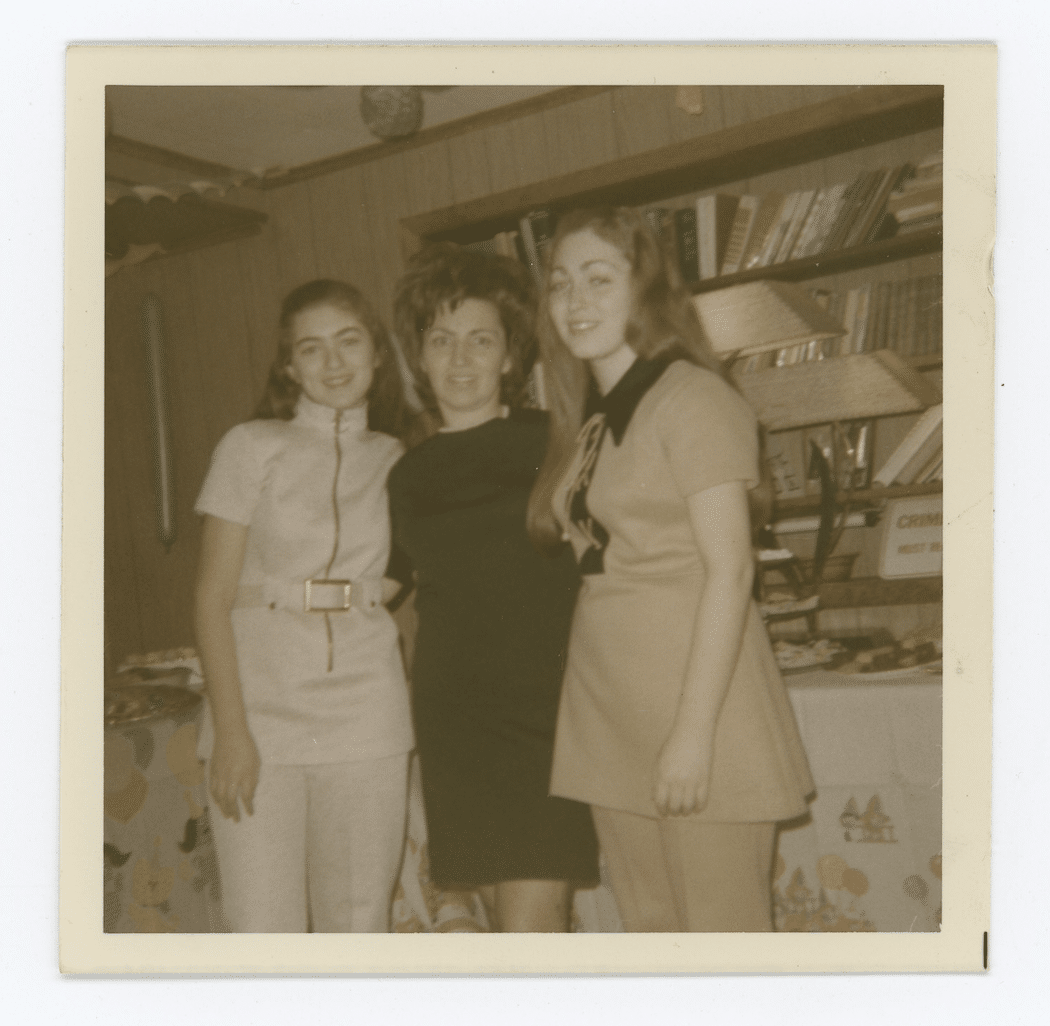
Helen Fogel (center), Lia Nissel (right), and Ruthy Rosenberg (left) at Lia Nissel's sweet sixteen party, February 1971.
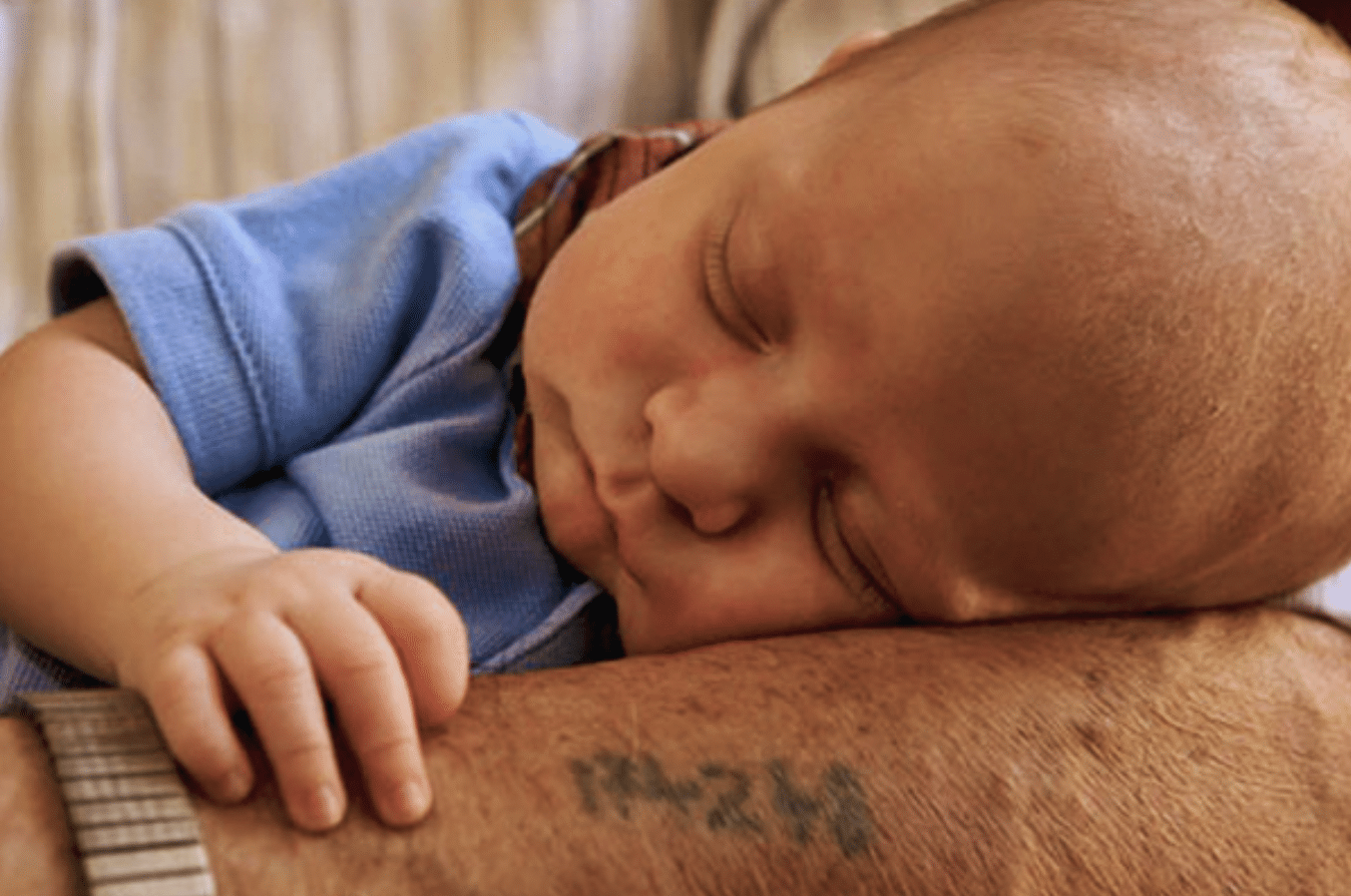
Holocaust survivor William Schiff with his seven-week-old great-grandson, January 2010.
THE FIRST NAZI-ERA BOXCAR TO BE INSTALLED IN A HOLOCAUST MUSEUM
Survivor Mike Jacobs, was instrumental in the creation of the Museum that was originally located on the ground floor of the Jewish Community Center in Dallas. He had a vision to install an authentic Nazi-era boxcar from Europe so that visitors could better understand the inhumanity of the deportation of Jews across the continent by boxcar. His tenacity paid off and the Holocaust Memorial Center became the first Holocaust museum to share the horrors of a boxcar in this manner with its visitors.
ONE DAY DURING THE HOLOCAUST
The permanent exhibition of the original Dallas Holocaust Museum answered a key question in the minds of most visitors. How could the Holocaust happen? The primary exhibition addressed the question by detailing three events that occurred on April 19, 1943. The exhibition also introduced visitors to Upstanders, bystanders, victims, and perpetrators.
Take a virtual tour of the Dallas Holocaust Museum/Center for Education and Tolerance's core exhibition.
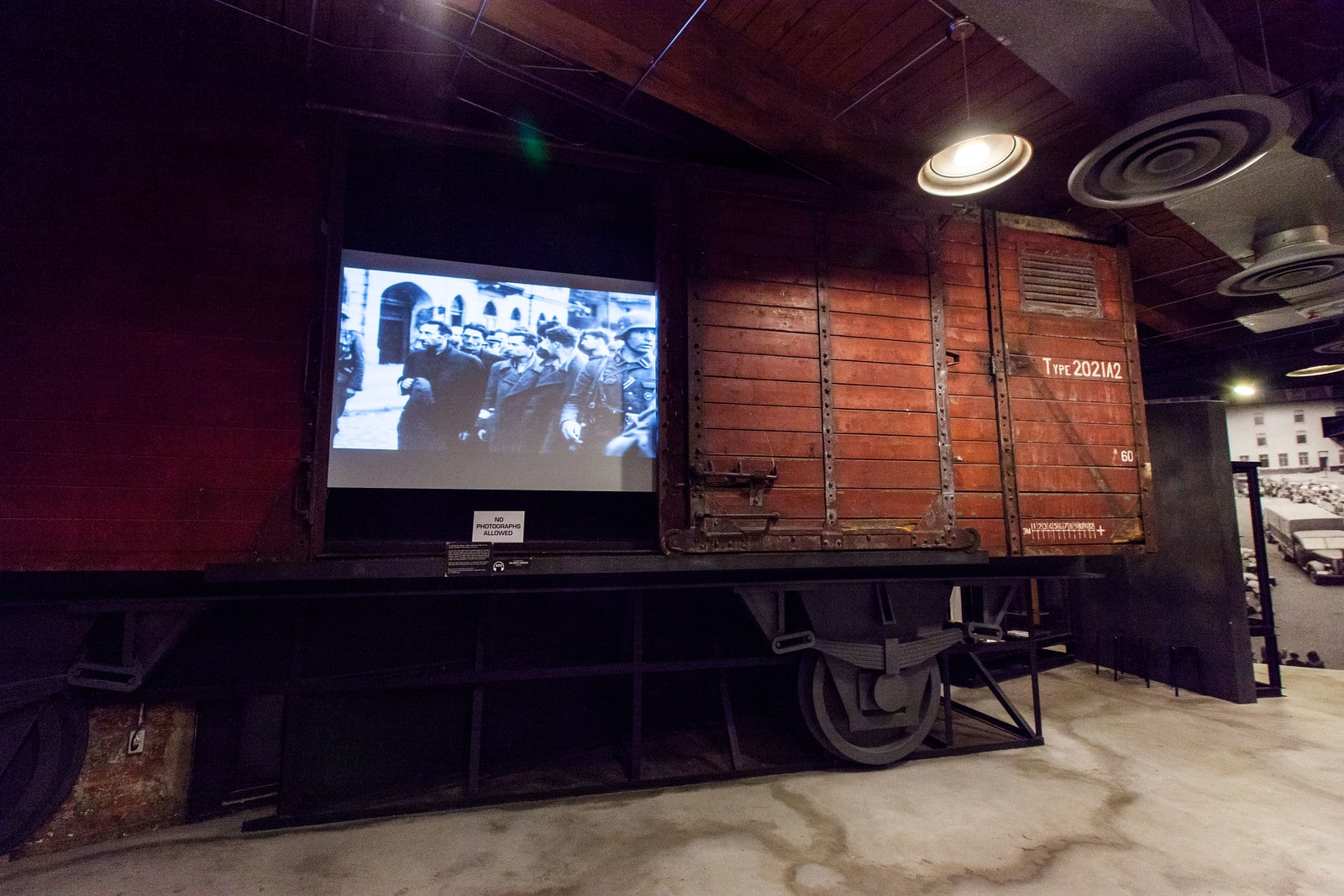
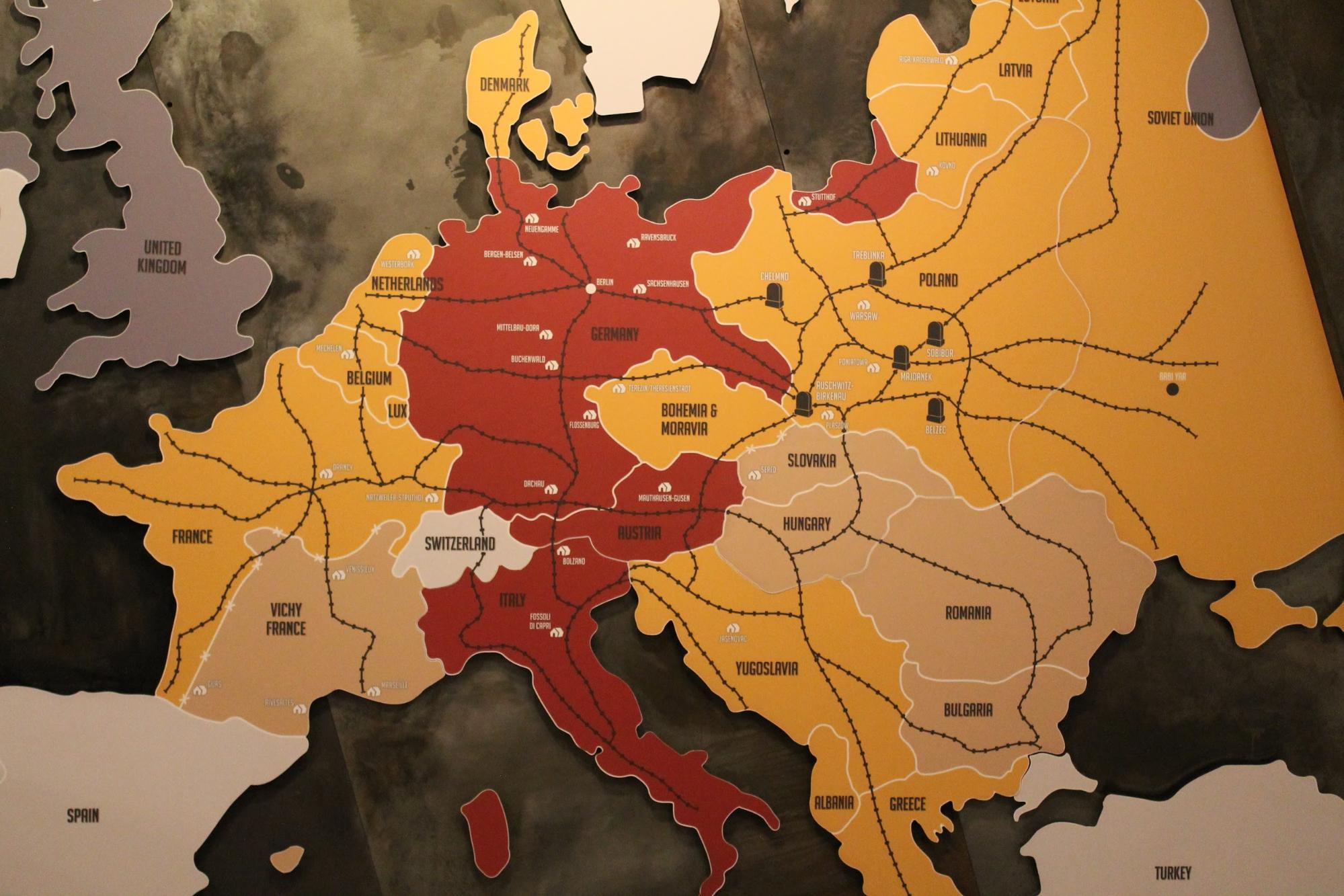
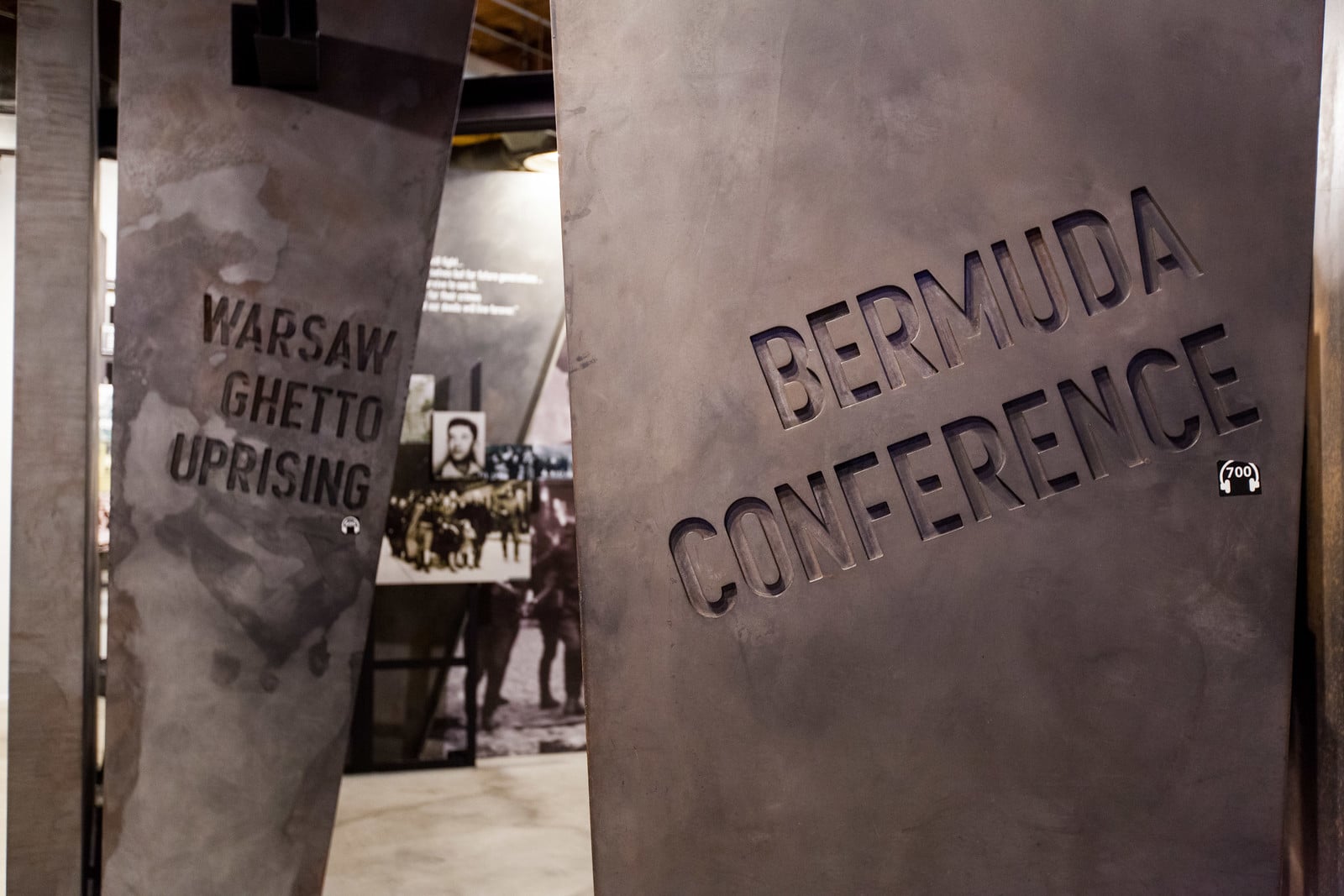
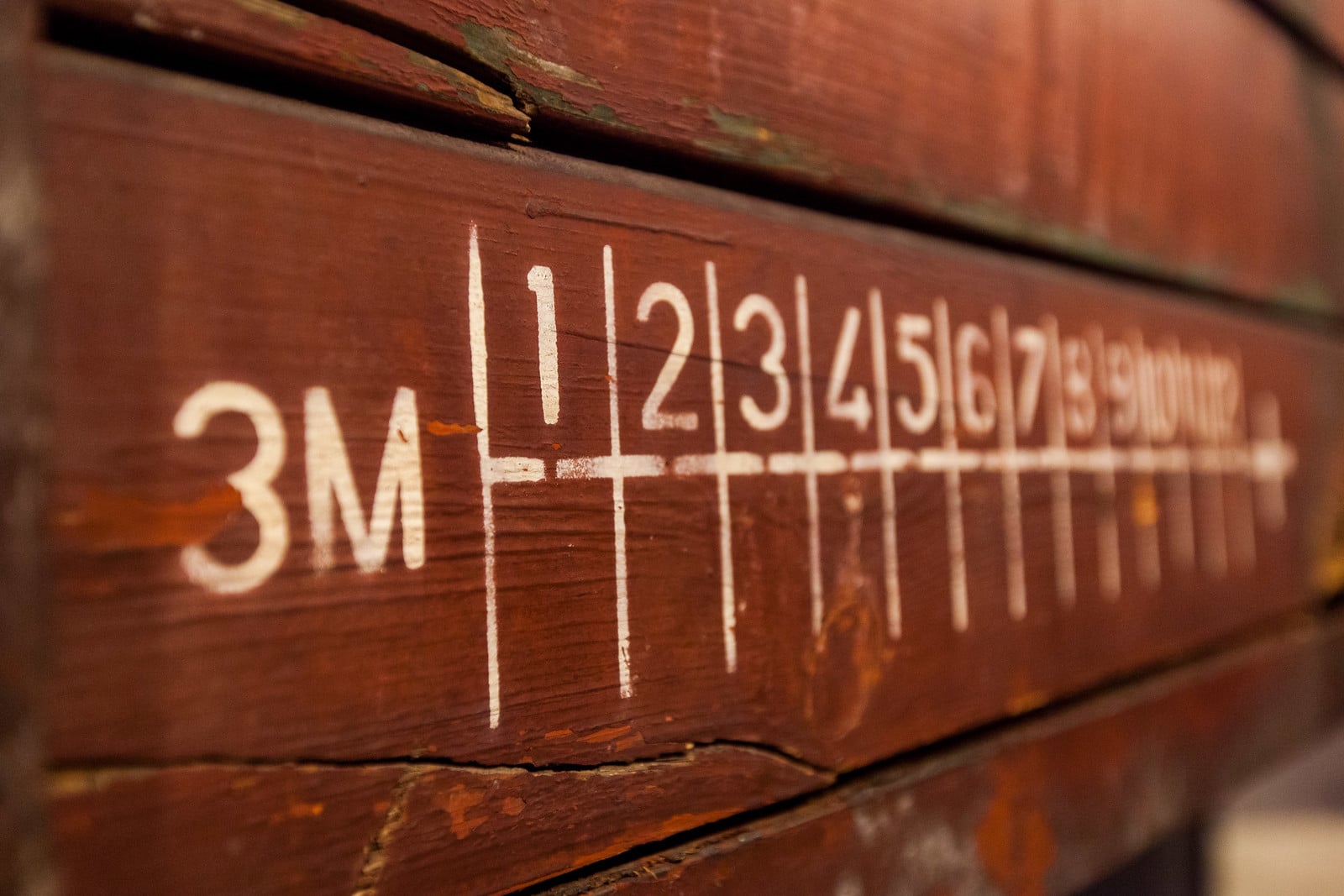
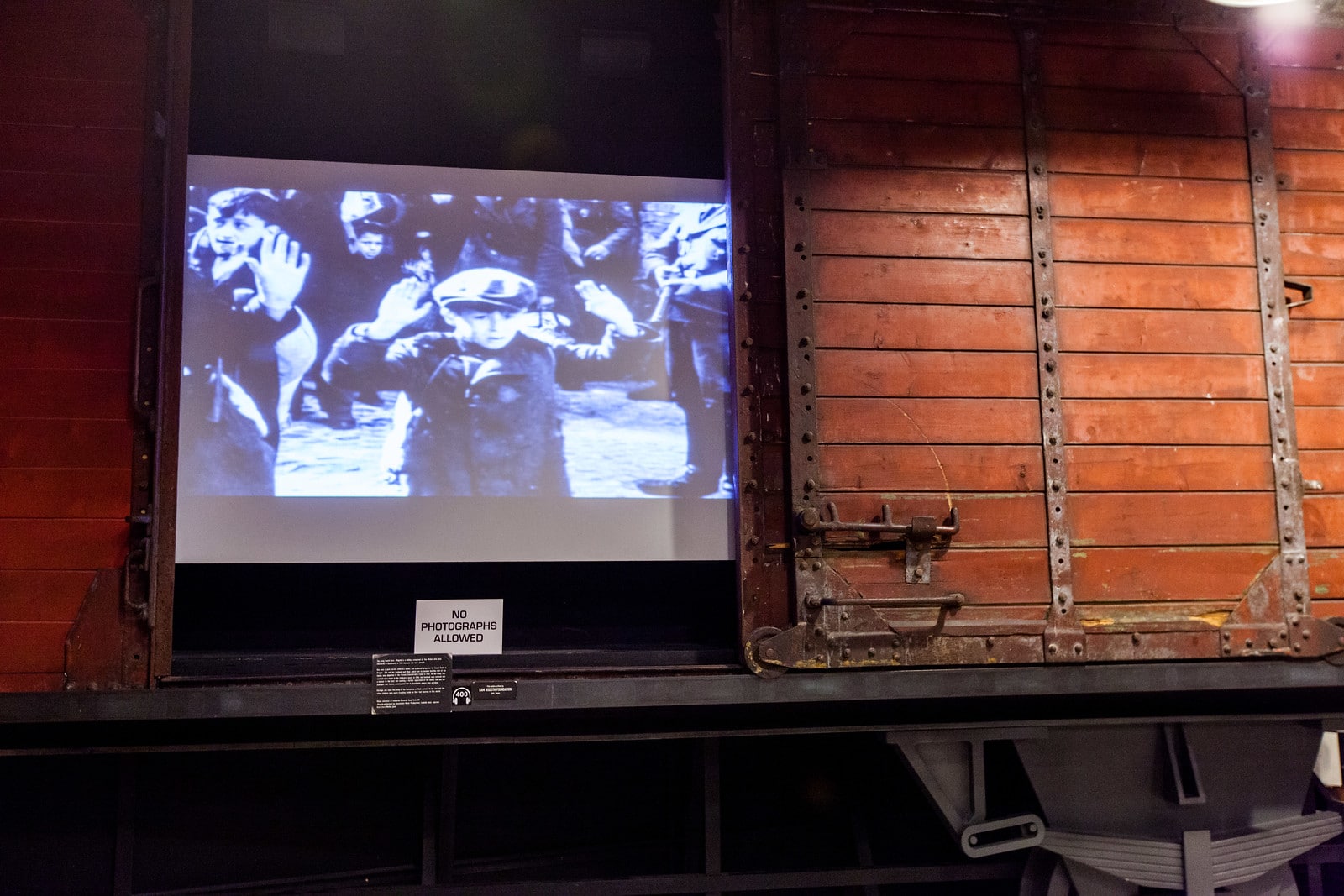


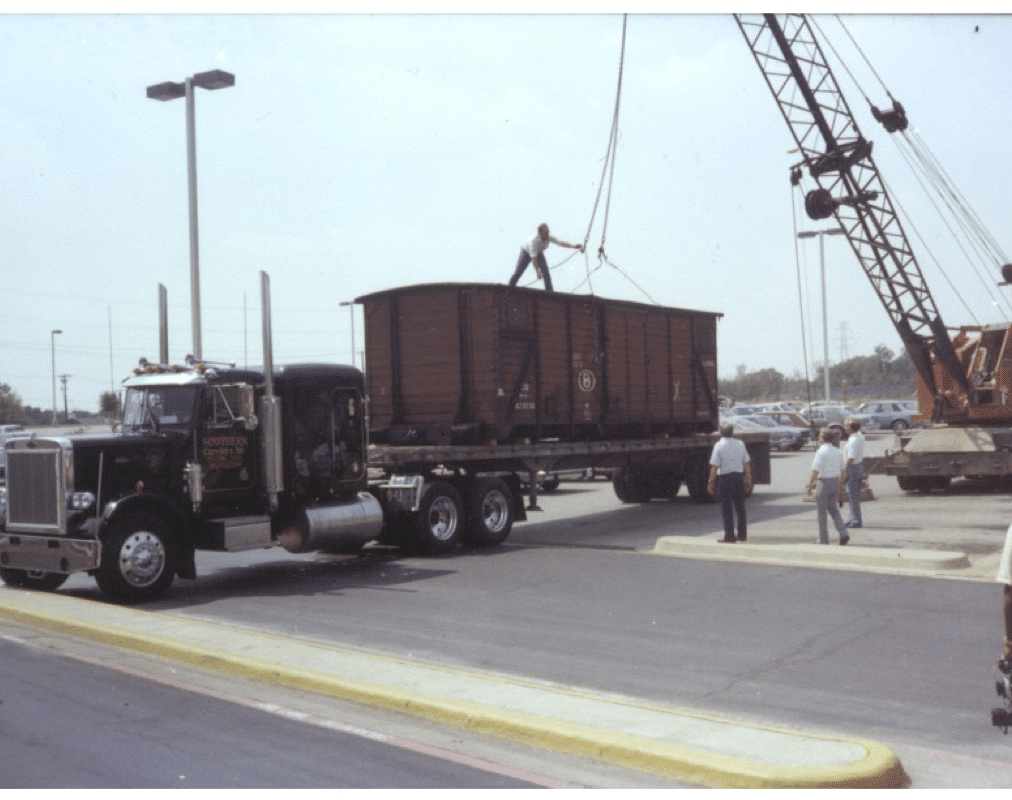
1983 - Mike and Ginger Jacobs bring a boxcar from Belgium to Dallas.
This is the first Holocaust-era boxcar to be displayed in a Museum anywhere in the world.
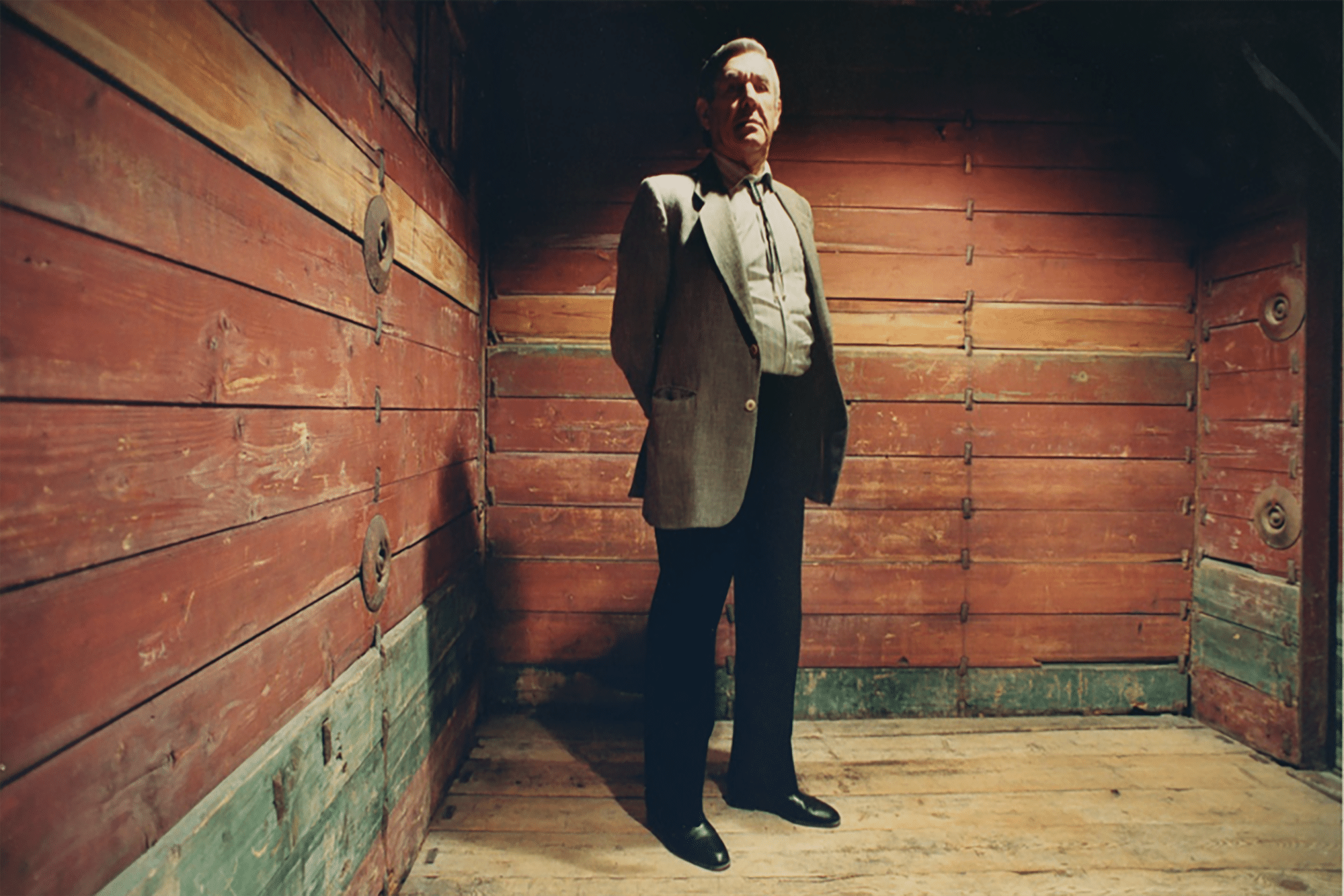
1984 - The Dallas Memorial Center for Holocaust Studies opens on April 15, 1984.
Thousands of school children tour the memorial room, boxcar, and small educational exhibit
at the JCC. While the Center is successful, the Survivors dream of building a permanent museum.
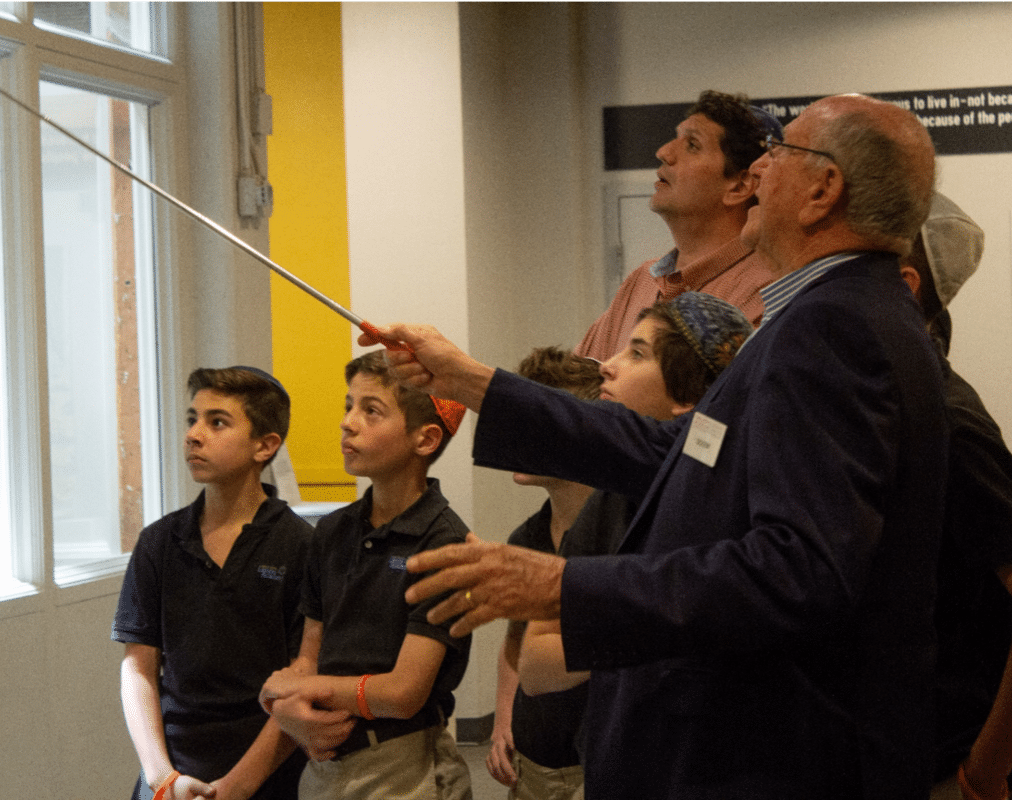
2005-2019 - The Dallas Holocaust Museum/Center for Education and Tolerance
increases its impact on the
community, teaching several hundred thousand visitors of all ages about the Holocaust.
This photo is of docent Nate Levine with students from Levine Academy.
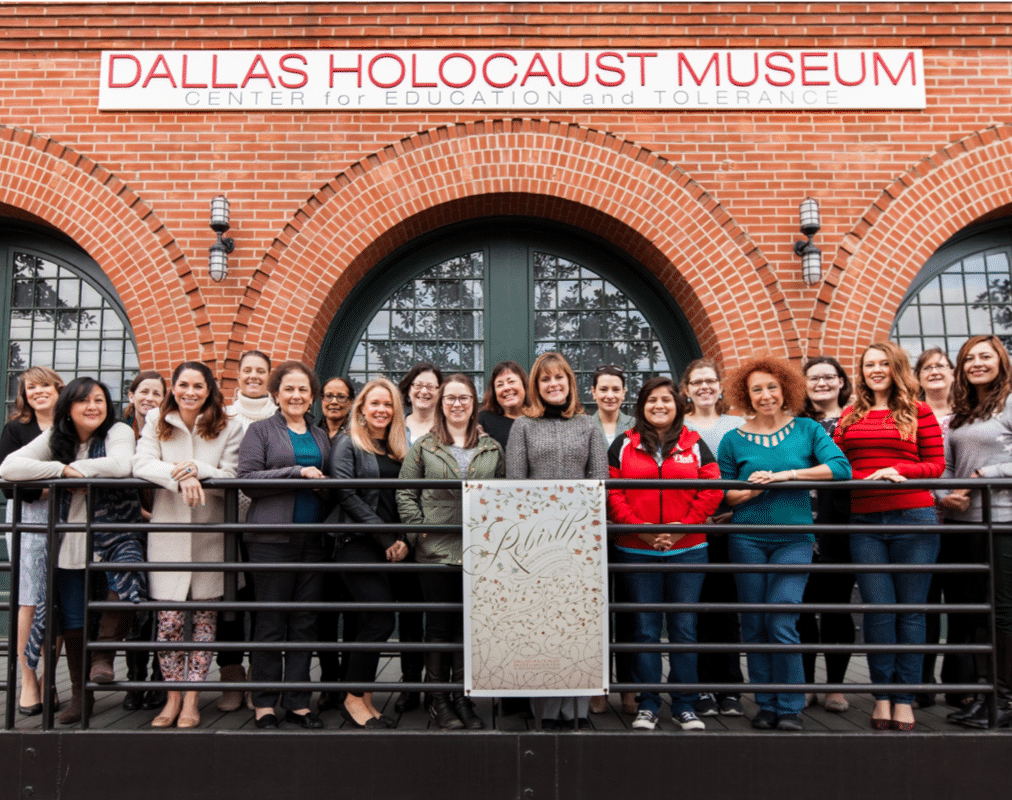
2005-2019 - As the Dallas Holocaust Museum grows and expands its mission,
more and more staff join the team! This staff photo was taken in December 2016.
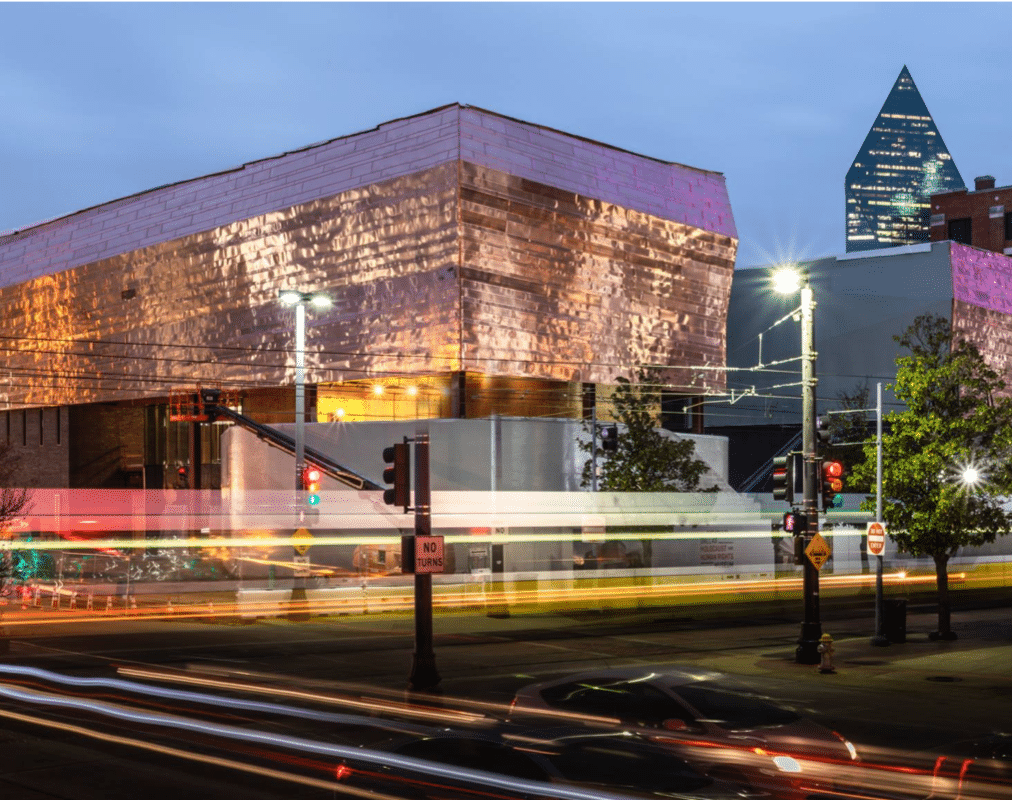
September 18, 2019 - The Dallas Holocaust and Human Rights Museum opens!
An Immersive, Interactive Journey Unlike Any Other
Please join us for a visit. Unforgettable doesn't begin to describe the experience.
